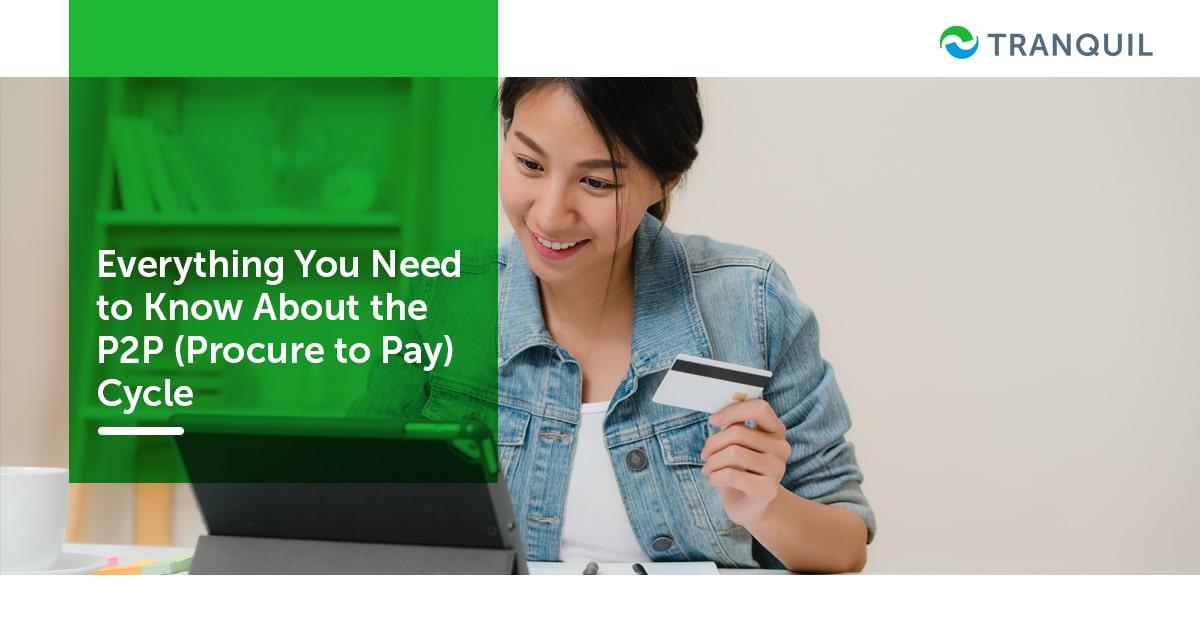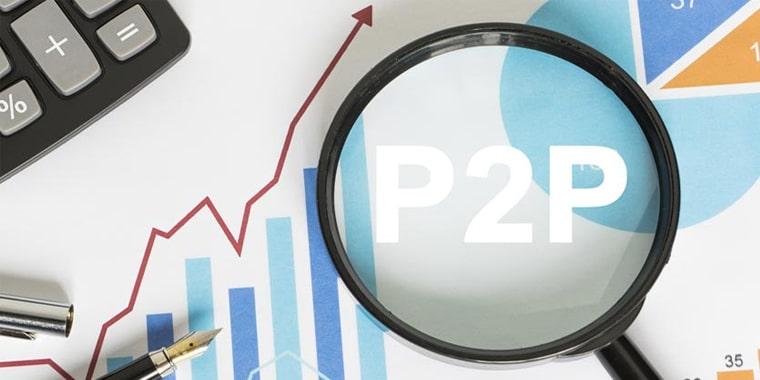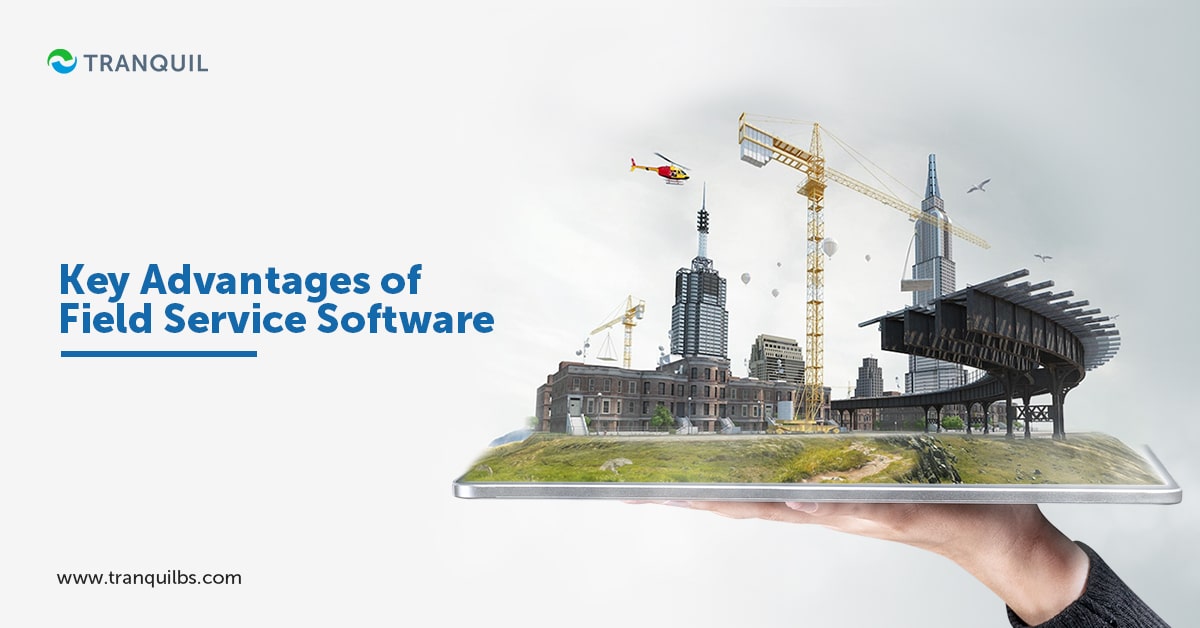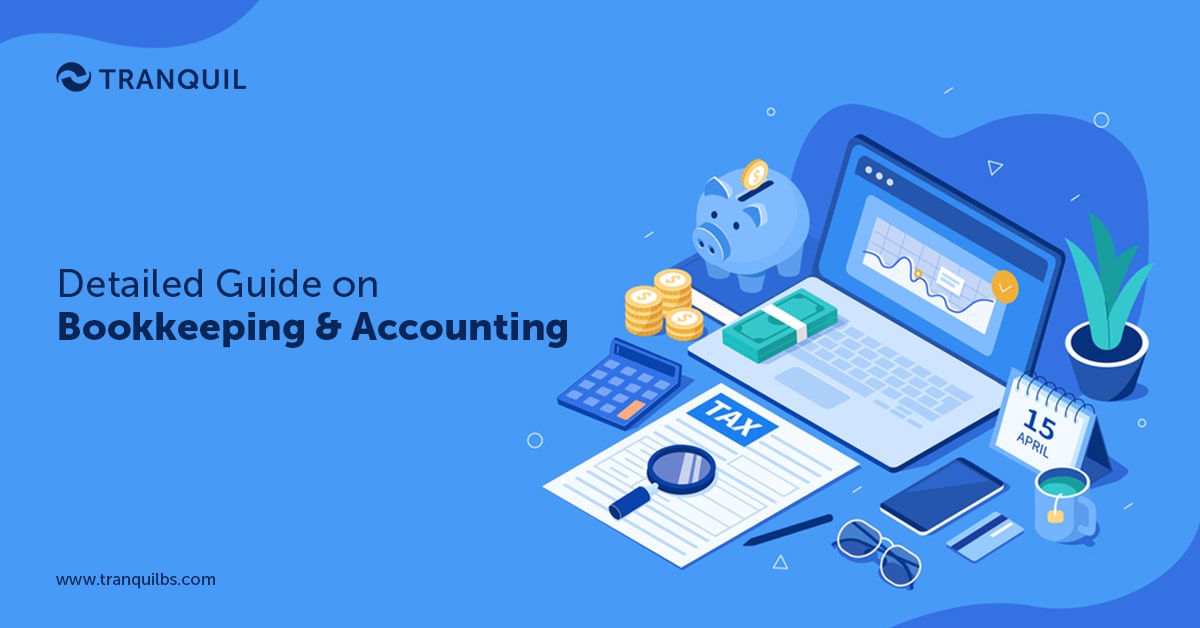
Everything You Need to Know About the P2P (Procure to Pay) Cycle
The procure-to-pay process can become complicated if you are using outdated software.
Not only are they fragmented, they are also rigid, more expensive, and less efficient compared to state-of-the-art software.
Quite a few of the companies don’t even have that, and use manual tools to manage the procure to pay process.
Some other businesses simply integrate their accounting software of ERP with the procurement module – and while this will do the job, it’s not the ideal solution.
By not using any software, or using obsolete software can significantly hamper your bottom line.
Without digital, you will not have a competitive edge in today’s business scenario.
To beat your competitors, it is imperative that you adopt digital.
What is the Procure-to-Pay Process?

Procure to pay, abbreviated as P2P, is simply the set of steps carried out to fulfil the need for products or services economically and quickly.
There are numerous steps involved in the process, and they must be carried out in the right sequence.
Of course, depending on the type of company and the exact requirement you have, you can of course, customize the flow to a certain extent; however, there are some basic steps in the P2P process, which is similar to what we mention below:
ALSO READ: Ways to Improve the Procurement Process
Step 1: Identification of Requirements
It begins here.
The very first step in the procure to pay process is identifying and defining what the business needs, by taking the help of stakeholders across departments and functions.
After identifying appropriate requirements, the procurement departments draw up documents like SOWs (statements of work), and TORs or terms of reference for services, and high-level specifications for items or goods.
Step 2: Creation of Requisitions
Once the relevant documents have been finalized and generated, the procurement department creates an official purchase requisition.
The relevant employee makes sure that all the essential administrative guidelines are fulfilled, and fills in and submits the purchase requisition form.
From routine purchases to consignments or sub-contracts, requisition employees in the purchase department can create requisitions for all procurement.
ALSO READ: What is a POS System?
Step 3: Approval of Purchase Requisition
Once the purchase requisitions are submitted to the department head or procurement officers, they review them, and approve or reject a requisition.
The approval or rejection is done after considering several factors like assessing the requirement, checking whether it is within the company’s budget, and ensuring that the purchase requisition form is valid.
If the form is incomplete or erroneous in any way, it is usually rejected, and sent back to the person who generated the requisition so that it can be corrected and submitted again.
Step 4: Creating a Purchase Order or Spot Buy
Spot buys are carried out if the products requested are unique, one-off purchases, are low in value, or have features like unmanaged category purchases.
For all other products, the relevant officials use the approved purchase requisitions to create purchase orders.
ALSO READ: What is CPQ?
Step 5: Approval of Purchase Order
To make sure that the specifications in the orders are accurate and valid, the purchase orders have to go through an approval process.
Once the management is satisfied that the order is proper, it is sent to the relevant vendors.
The suppliers may either straight away reject or approve a purchase order, or they may want to negotiate terms.
Once the purchase order is formally approved by the vendor, it becomes a legally binding contract.
Step 6: Receipt of Goods
After the vendor delivers the goods or services as per the purchase order, the buyer or their representative examines the goods or services delivered to make sure that it as per the specifications of the contract.
If it is as expected, they will approve the goods receipt, and if not, they reject it.
They will cite the reasons – like not as per the quality, quantity or standards as specified in the purchase order, and so on.
ALSO READ: Why is Cycle Stock Important for Your Business?
Step 7: Performance of the Supplier
The company assesses the performance of the supplier, basing it on the information received from the previous step.
The relevant officials look at several factors like product or service quality, punctuality of the delivery, adherence to contract specifications, supplier responsiveness, and TCO or the total cost of ownership.
If any vendor has fallen behind in performance, it is recorded in the system so that the company can be aware of it in the future when they have to place orders.
Step 8: Approval of Invoice
On approval of a goods receipt, the details in the purchase order are verified against the goods receipt as well as the vendor invoice, to make sure that everything is as per the specifications.
If any discrepancies are detected, the invoice is rejected and sent back to the vendor, stating the reason for the rejection.
If everything is accurate, the relevant employees approve the invoice and send it to the finance or accounts team so that the payment can be sent to the vendor.
ALSO READ: What are the Benefits of e-invoicing for your Business?
Step 9: Making Payment to the Vendor
Once the finance department receives the invoice that is approved, they process the payments as per the terms set out in the contract.
They will also consider changes made to the contract, and then direct the relevant employee to disburse the payment.
The payment could be in full or partial, made in installments, retention payments, made in advance, or in progress.
Procure-to-Pay Cycle KPIs or Key Performance Indicators

Every business is unique; however, the fundamental metrics used to evaluate the P2P process are more or less similar.
The most commonly used ones are mentioned below:
- Cycle time of purchase orders
- Cost of processing purchase orders
- Lead time
- Time for processing invoices
- Cost for processing invoice
- Rate of first-time matches
- Average time taken for invoice approval
- Discounts received
- Savings realised
ALSO READ: What is Backordering? How to Manage or Avoid it?
Best Practices to Follow in the Procure-to-Pay Process
As per industry experts, the following are the best practices that can help businesses to be more efficient in their P2P process:
- Deploying procure to pay software solution
- Ensuring transparency throughout the process
- Enhancing engagement with suppliers
- Inventory optimization
- Streamlining of contract management
How can Procure-to-Pay Software Improve Procurement Efficiency?

Reports say that nearly 50% of businesses globally have a procure to pay suite implemented, most of them cloud-based.
As companies become more aware about the advantages offered by procurement software – especially cost savings, these tools are becoming more popular by the day.
ALSO READ: What is Business Process Improvement (BPI)?
Here are some of the ways in which P2P software increases efficiency in procurement:
1. Purchase Requisition and Approvals
With a procure to pay software implemented, the request for purchase is sent to every stakeholder and approval in the correct order. This eliminates the need for unnecessary email threads.
2. Purchase Order Management
A majority of the P2P solutions automatically generate purchase orders from the purchase requisitions that were approved, and also trigger the purchase order dispatch process.
The software can handle everything whether it is sending several orders to the same vendor, or generating multiple purchase orders from a single requisition.
ALSO READ: Comparison of Sales Orders and Purchase Orders
3. Digitalised Vendor Management
Digitizing your vendor management will bring a sea change into the way your procurement team measures and rates performance of suppliers.
With the right P2P software, it becomes very simple to select the ideal supplier, depending on factors like pricing, adherence to policy, discounts, performance, timely deliveries, and so on.
4. Invoice Matching
Robust procure to pay tools verify the invoice against purchase orders and good receipt to ensure everything is in order, and that the purchase is executed properly.
They also integrate with electronic payments and accounting systems, manage exceptions, and approve invoices after checking.
5. Insights into Purchasing
Perhaps the biggest advantage of automating your P2P process is the reports and data analytics that you get access to.
It gives companies insights into what works and what doesn’t, giving total transparency into the entire process from start to finish.
This allows you to extract status of all tasks and analyse the supplier performance KPIs, and get customized reports and analysis.
Procure-to-pay solutions offer businesses savings opportunities that they never thought possible by connecting companies, vendors, processes, and policies digitally.
They eliminate the need for manual data entry, enhance spend visibility, and provide many other benefits.
In short, automated software for procure to pay, plugs the gaps found in existing processes.
ALSO READ: How Does Landed Cost Affect the Cost of Inventory?
Challenges In the Procure-To-Pay Process

The whole procure to pay process includes multiple individual processes that occur across various parts of the organization involving a number of people.
This makes it complex and often confusing – more so when you have a manual, paper-based process.
These are the challenges faced in the process:
Disparate Systems
Every department in a business usually has its own system, and this can make it difficult to consolidate data.
Procurement and accounts payable are two separate functions with their own priorities, systems, and policies.
Without a uniform system or policy, the procure to pay process can become inefficient and riddled with errors.
ALSO READ: What is Negative Inventory?
Non-Compliance with Policy
Both procurement and accounts payable departments have separate responsibilities.
Negotiating prices and discounts is the job of the procurement department, and the accounts payable department has to ensure that they comply with the terms of the negotiation.
It is easy to get everyone on the same page when you have the right software.
Without it, there are many chances for non-compliance and it can prove to be very expensive indeed.
Lack of Visibility
When businesses use disparate systems, information is siloed, and many employees may not be able to access information they need across the procure to pay cycle.
Often the available information is incomplete or inaccurate.
Without proper visibility into suppliers and spend patters, the ability of business owners and managers to make informed, strategic decisions is heavily impaired.
ALSO READ: Challenges Facing Purchasing and Supply Management
Conclusion
The right procure to pay software can help you digitize the entire cycle from start to finish, bringing improvement across the entire purchase process. Maximum benefits out of the P2P process flow by leveraging digital forms, smooth workflows, smart processes, detailed analytics, and cloud technology. From creating purchase requisitions right up to payments, the software can handle everything efficiently. Also integrate it seamlessly with any accounting software you have implemented.
At Tranquil we have our own robust ERP system that can help boost the overall productivity and efficiency of your organization.To see for yourself how our software works and how it can benefit your organization, do schedule a demo with us at a time of your convenience.



